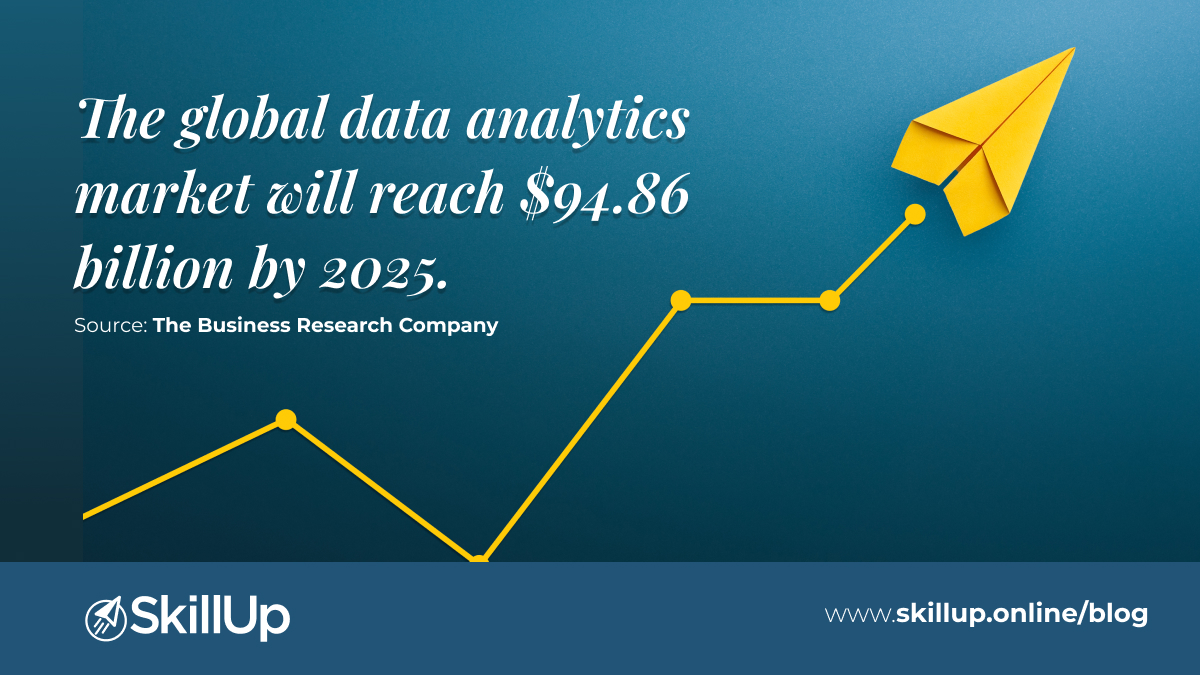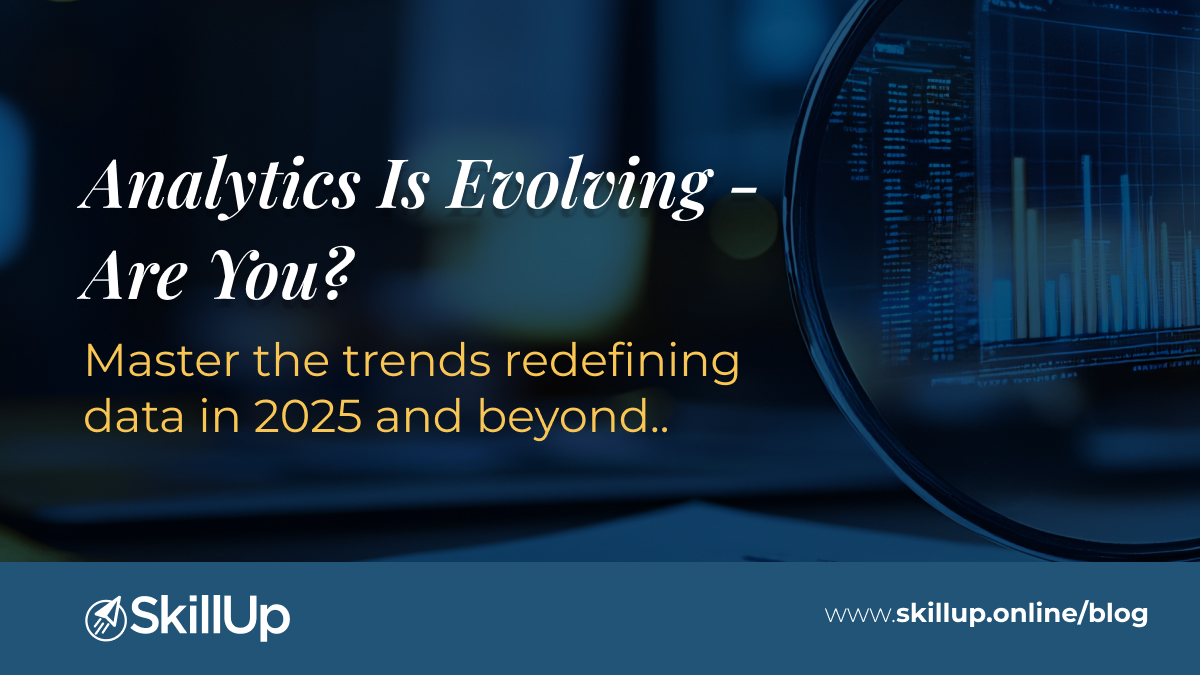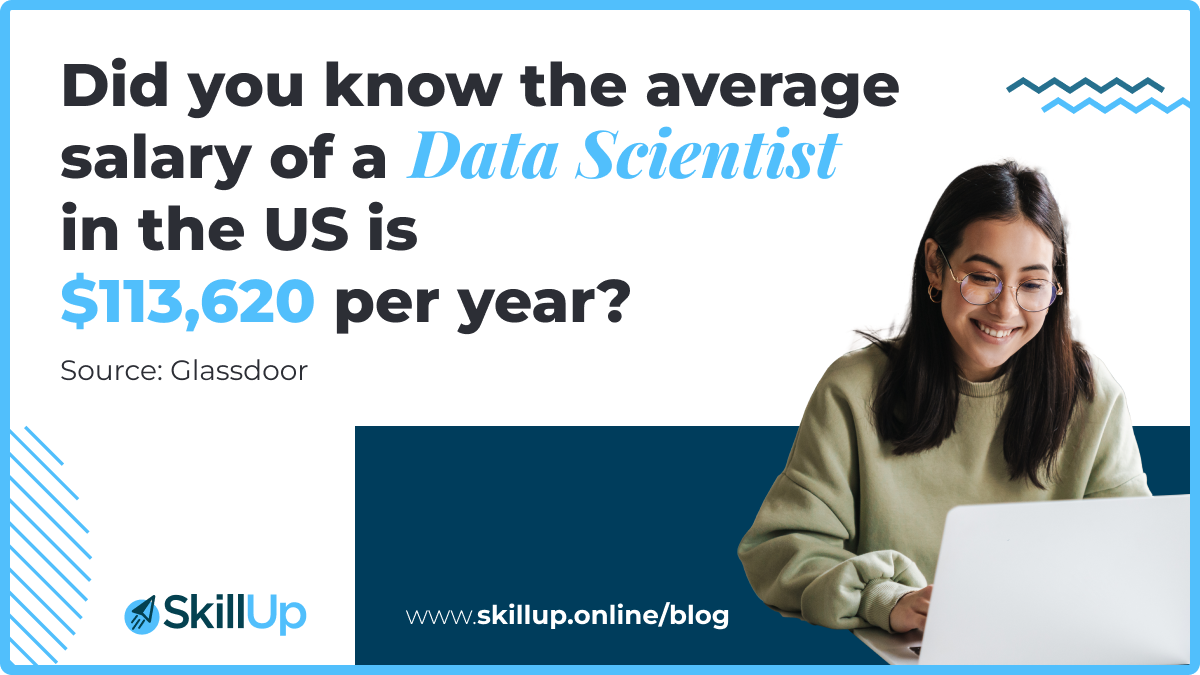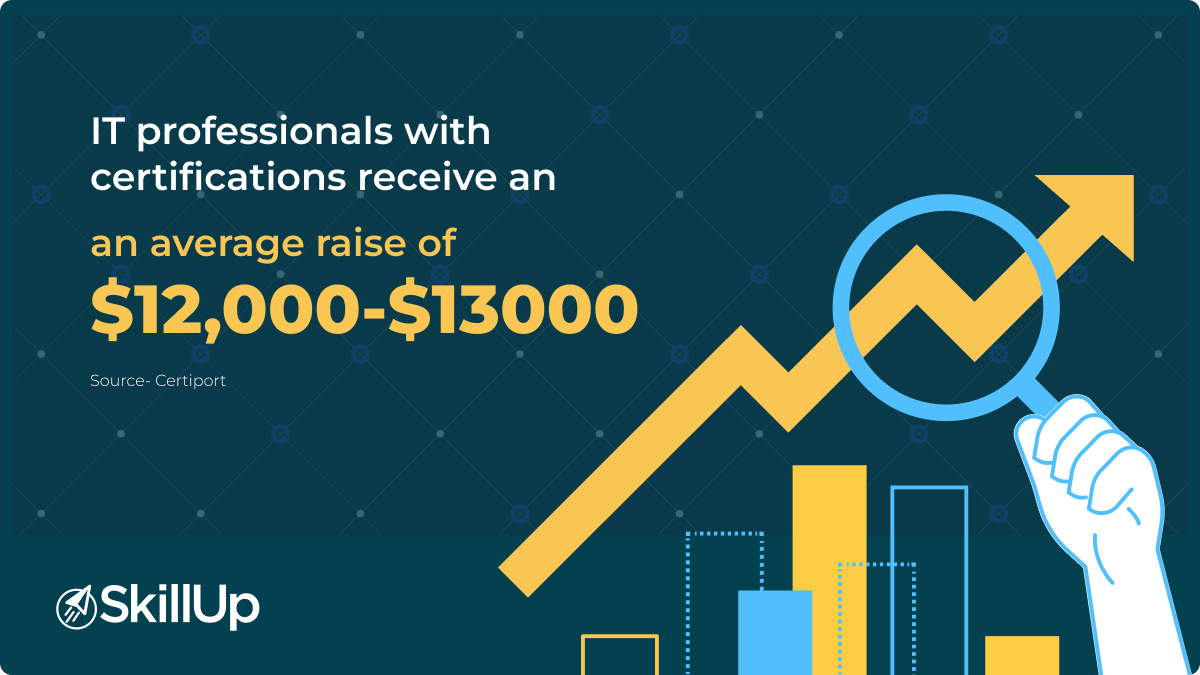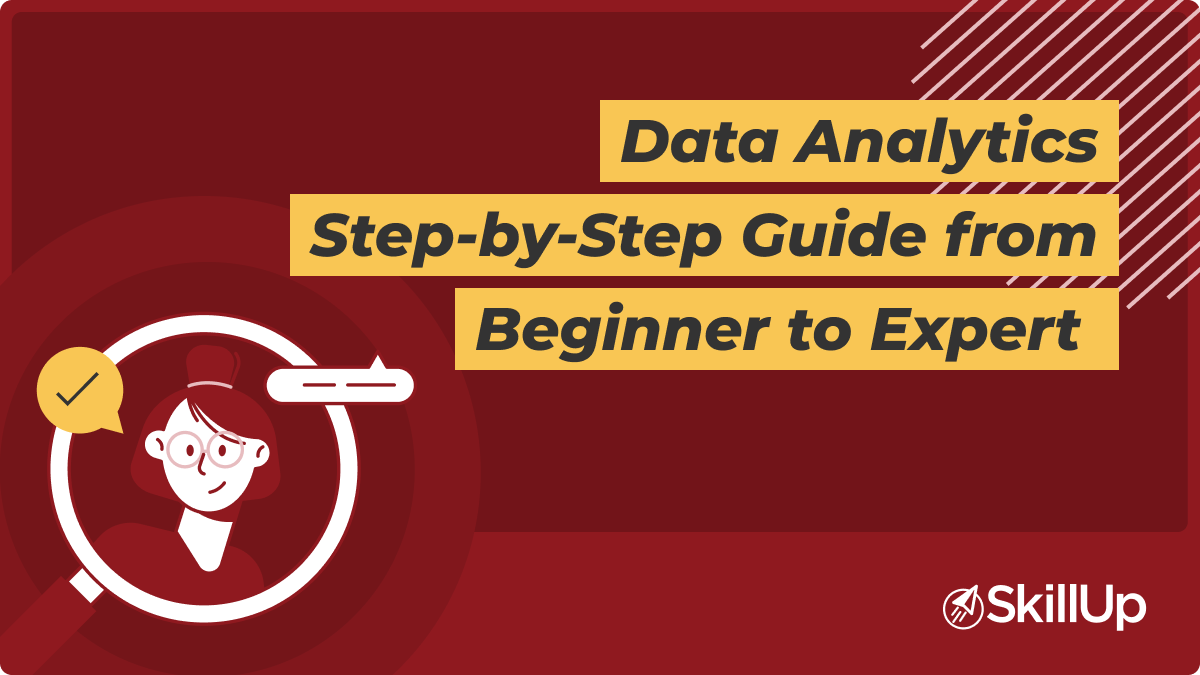The data analytics world is growing fast. By 2025, the global market is expected to hit $94.86 billion, growing at a rate of 26.8% each year. What’s driving this? The rise of AI, machine learning, and digital transformation in industries like finance, healthcare, and e-commerce.
Analysts are obligated to remain informed about emerging tools and methodologies as data becomes increasingly important in the context of business strategy. In order to maintain a competitive edge, it is imperative to acquire essential technical skills. This implies that you must acquire the ability to work with data in a manner that is both efficient and transparent, whether through wrangling, programming, or visualization.
Let’s dive into the top skills every data analyst needs in 2025.
Core Technical Skills Every Data Analyst Needs
Data Wrangling and SQL Proficiency
What It Means:
The process of data wrangling involves the organization and cleaning of unprocessed data to facilitate analysis. SQL (Structured Query Language) is the preferred instrument for interacting with relational databases.
Why It Matters:
Clean, well-structured data leads to better insights. SQL lets analysts pull specific information, handle large data sets, and perform powerful queries. Together, these skills help turn messy data into smart decisions.
Courses to Build Your Skills:
- Data Wrangling with Python by the University of Colorado Boulder – Offers hands-on training for working with real-world data.
- Data Analysis with Python – Covers everything from cleaning to visualizing data using popular Python libraries.
Advanced Excel and Data Visualization
What It Means:
Advanced Excel goes beyond the basics—with PowerPivot, complex formulas, and automating tasks. Data visualization is about turning data into clear visuals—charts, graphs, and dashboards—that tell a story.
Why It Matters:
Excel is still a great tool for quick analysis. If you have good visualization skills, you can make your findings easier for those who aren’t technical to understand. Clear pictures aid those who need to know what to do with data.
Courses to Build Your Skills:
- Excel for Data Analysis – Teaches advanced Excel features and how to build dynamic dashboards.
- Data Visualization in Excel – Focuses on effective ways to present data using charts and graphs.
Programming Languages: Python and R
What It Means:
In data science, Python and R are two of the most used languages. They come with a lot of tools for machine learning, analysis, and visualization.
Why It Matters:
These languages help analysts tackle large, complex datasets. You can automate tasks, run advanced models, and generate deep insights. They’re essential for today’s data-driven work.
Courses to Build Your Skills:
- Data Analysis with Python – A practical course covering the end-to-end process of data handling and analysis.
- Data Wrangling with Python – Great for learning how to organize and clean data using Python.
Emerging Data Analytics Skills for 2025
Machine Learning for Predictive Analytics
What It Means:
Machine learning allows computers to learn from past data and make predictions. Predictive analytics uses this to forecast trends and behaviors.
Why It Matters:
With machine learning, analysts can uncover patterns traditional methods might miss. It boosts accuracy and adds serious value in fields like marketing, healthcare, and operations.
Courses to Build Your Skills:
- Machine Learning with Python – Introduces key ML concepts with practical applications.
- Machine Learning Specialization by the University of Washington – Uses real-world examples to teach advanced techniques.
Cloud-Based Data Analytics
What It Means:
Cloud platforms like AWS, Google Cloud, and Microsoft Azure offer powerful tools for storing, processing, and analyzing big data online.
Why It Matters:
Cloud-based tools help analysts work with massive datasets in real-time. They’re scalable, flexible, and make collaboration easier across teams. Learning these tools is fast becoming a must.
Courses to Build Your Skills:
- Google Cloud Data Engineering and Machine Learning – Hands-on training in data workflows on GCP.
- AWS Data Analytics Learning Plan – A beginner-friendly path through data tools on AWS.
Data Governance and Ethics
What It Means:
Data governance involves the rules and standards for managing data responsibly. Ethics means using data in a way that respects privacy and promotes fairness.
Why It Matters:
With more data comes more responsibility. Analysts need to understand privacy laws and ethical issues. This ensures trust, avoids legal trouble, and promotes transparency.
Courses to Build Your Skills:
- AI Strategy and Governance by the University of Pennsylvania – Covers how to manage AI responsibly.
- Data Governance and Management with Unity Catalog by Databricks – Teaches practical governance techniques.
Soft Skills That Set Analysts Apart
While technical know-how is key, soft skills help analysts truly shine. Here are the top ones for 2025:
- Critical Thinking and Problem-Solving
Great analysts don’t just crunch numbers—they ask smart questions and dig deeper. This helps uncover insights that drive real business results. - Business Acumen
Understanding the business side is vital. Analysts who know the industry can connect data insights to strategic goals. - Effective Communication
You need to explain your findings clearly—through reports, presentations, or visual stories—so others can take action.
How to Stay Competitive and Keep Learning
The world of data analytics changes fast. Here’s how to stay on top:
- Build a Strong Portfolio
Show your skills through real-world projects. Participate in data challenges like Kaggle and share your work on GitHub. - Engage with Data Communities
Join LinkedIn groups, forums, and meetups. Networking keeps you in the loop and opens new opportunities. - Follow Industry Trends
Keep learning about AI, big data, and new tools. Read blogs, attend webinars, and explore the latest research.
Ready to Level Up?
There is a growing need for skilled data analysts. If you learn how to use technologies like SQL, Python, and cloud platforms and combine them with critical thinking and communication, you’ll be ready for success in 2025 and beyond.
Want help taking the next step? Reach out to our Learner Support Team at [email protected]. We’re here to guide you toward your goals.
SkillUp Online
